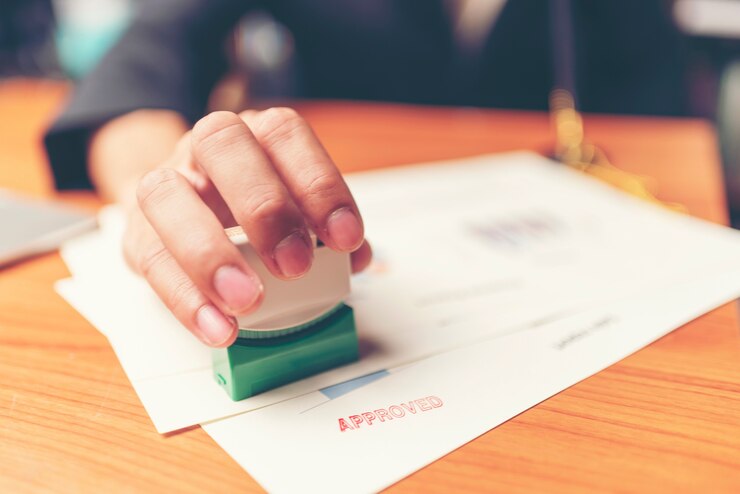Apostille 101: A Beginner’s Guide to Certifying Documents Internationally
An apostille is a certificate that authenticates the origin of a public document (such as a birth certificate, academic document, or marriage certificate) under the terms of the 1961 Hague Convention. This international treaty was drafted by the Hague Conference on Private International Law. The relevance of an apostille cannot be overstated in the modern, globalized society. It is an important tool that facilitates the easy recognition of documents between member countries, significantly easing the process of global mobility.
The main purpose of an apostille is to eliminate all necessities for further validation, allowing a public document issued in one signatory country to be recognized as valid in another. Historically, it came into existence following the Hague Convention of 1961, with the aim of simplifying the bureaucratic process of document verification. Its significance in international affairs is immense, being a central part of legal processes such as international adoptions, global business contracts, studying abroad, and foreign property transactions, to name a few. This article will tell you how to understand such an important document.
The Function of Apostilles

Apostilles serve to authenticate the origins of public documents, while simultaneously confirming the legitimacy of the signatures present on them. Irrespective of whether the document in question is a birth certificate, marriage record, academic transcript, or any other public document, an apostille ensures it is accepted as valid and trustworthy by authorities in all member countries of the Apostille Treaty. One of the major roles of apostilles is the simplification of the international document verification process. This is achieved by eliminating the need for any additional authentication or legalization by the consulate or embassy of the country in which the document is to be used. An apostille certifies a document for international use under the stipulations of the Apostille Treaty. This considerably reduces legal and bureaucratic red tape, making cross-border transactions, studies, and proceedings more efficient and less stressful.
Step-by-Step Apostille Acquisition

There are certain prerequisites one must fulfill before applying for an apostille. These typically include having the original that needs the apostille, and in some cases, other supporting documents. This might vary depending on the nature of the document and the country involved. It is to ensure that it is in its legally issued format. Some might require a formally translated version of the certificate if it is not in English. Knowing what documents you need and having them ready will make the apostille run smoother.
The process of applying for an apostille begins with finding the correct authority in your country that issues apostilles. This could be a government department, a court, or a notary public. For example in Canada, getting a Canada apostille requires submission to the Global Affairs Canada office. Every nation has its own authority for this task. The next step includes filling out a form detailing the intended use of the document. Usually, you will need to submit the original document along with the form. Once submitted, they will review your application, authenticate the papers, and then issue the apostille. This can take anywhere from a few days to a couple of weeks, depending on the country and the kind of documents submitted. It is always wise to start well in advance of when you need the apostille to avoid any last-minute issues.
Facts and Falsehoods About Apostilles

There are several common misunderstandings associated with apostilles. Some people often confuse an apostille with a notary stamp or think they are the same thing, which is not the case. Apostille and notarization are quite distinct; a notary verifies the identity of the person signing the document, while an apostille certifies the authenticity of the public official’s signature who notarized the document. Another common misconception is that apostilles are only useful for educational documents. However, apart from academic records, apostilles are also used for vital records, court documents, and administrative documents, among others.
To clear up any doubts or misconceptions, it’s important to stay updated with accurate information. Several reliable online resources and government websites provide factual, up-to-date information about apostilles. Furthermore, while an apostille verifies a document for use in any country that is a member of the Hague Convention of 1961, it is important to understand that it may not be accepted in countries that are not part of this convention. In these cases, a different process known as legalization is used. Remember, when it comes to dealing with international documentation, there’s no substitute for thorough research and a proper understanding of the process.
The apostille, a fundamental tool in today’s interconnected world, serves to simplify international document verification by authenticating public documents. Comprehending the apostille involves familiarity with its origin, its purpose, its role in the Apostille Treaty, and the instructions to obtain one. They play a necessary role in smoothing personal, academic, and professional transitions across borders. As more individuals engage in cross-border activities, the role of apostilles will only grow more critical, it’ll be helpful to keep this guide close at hand.

















